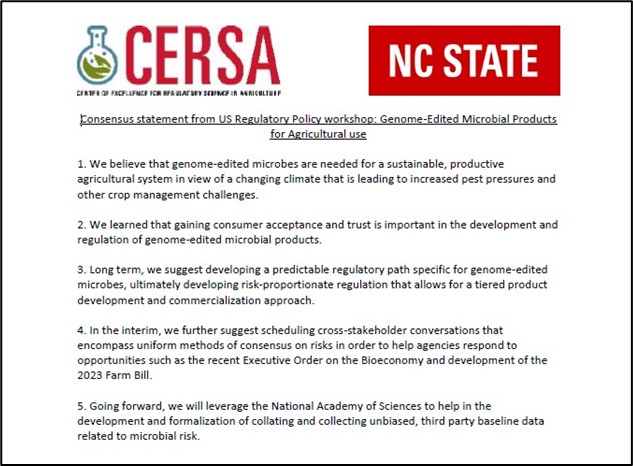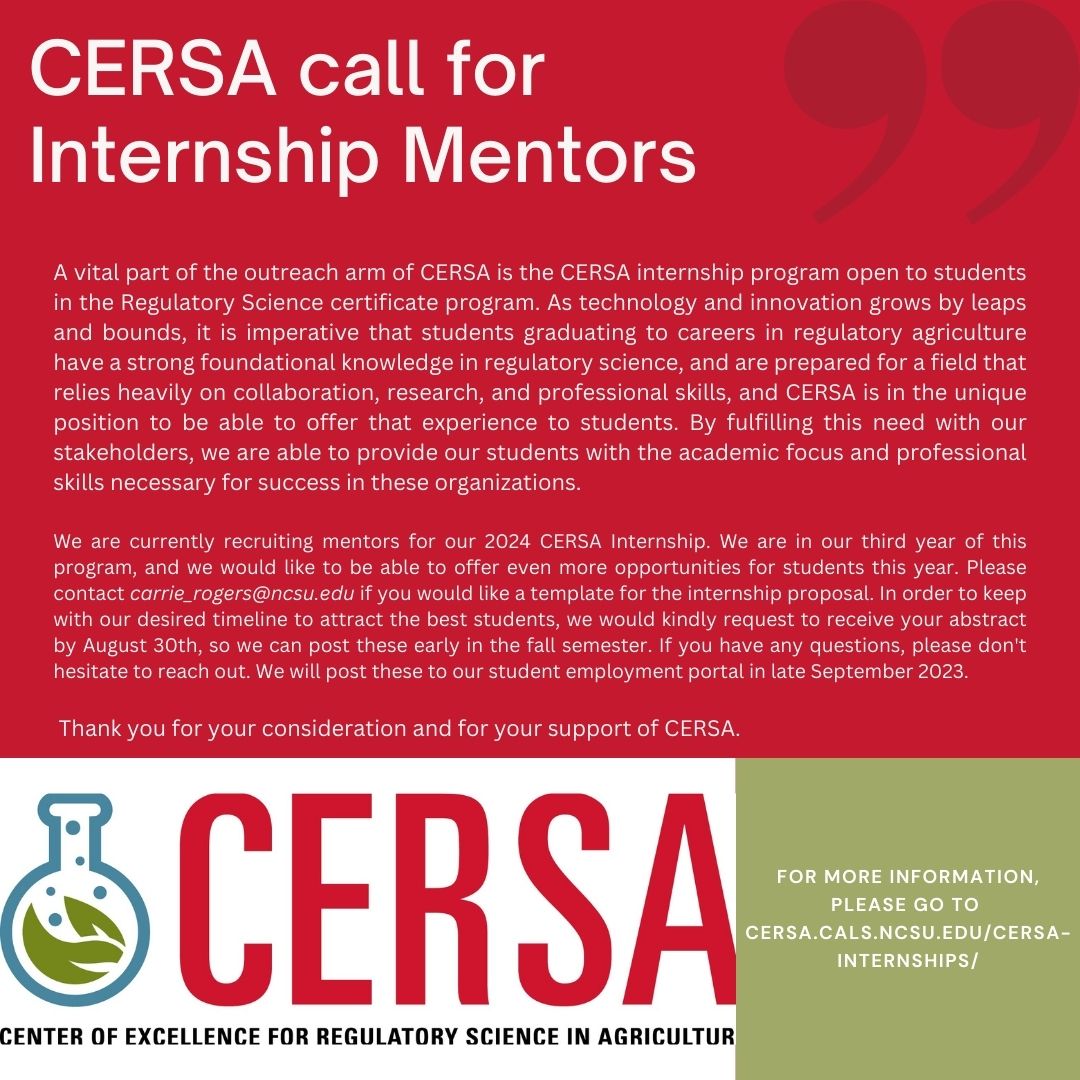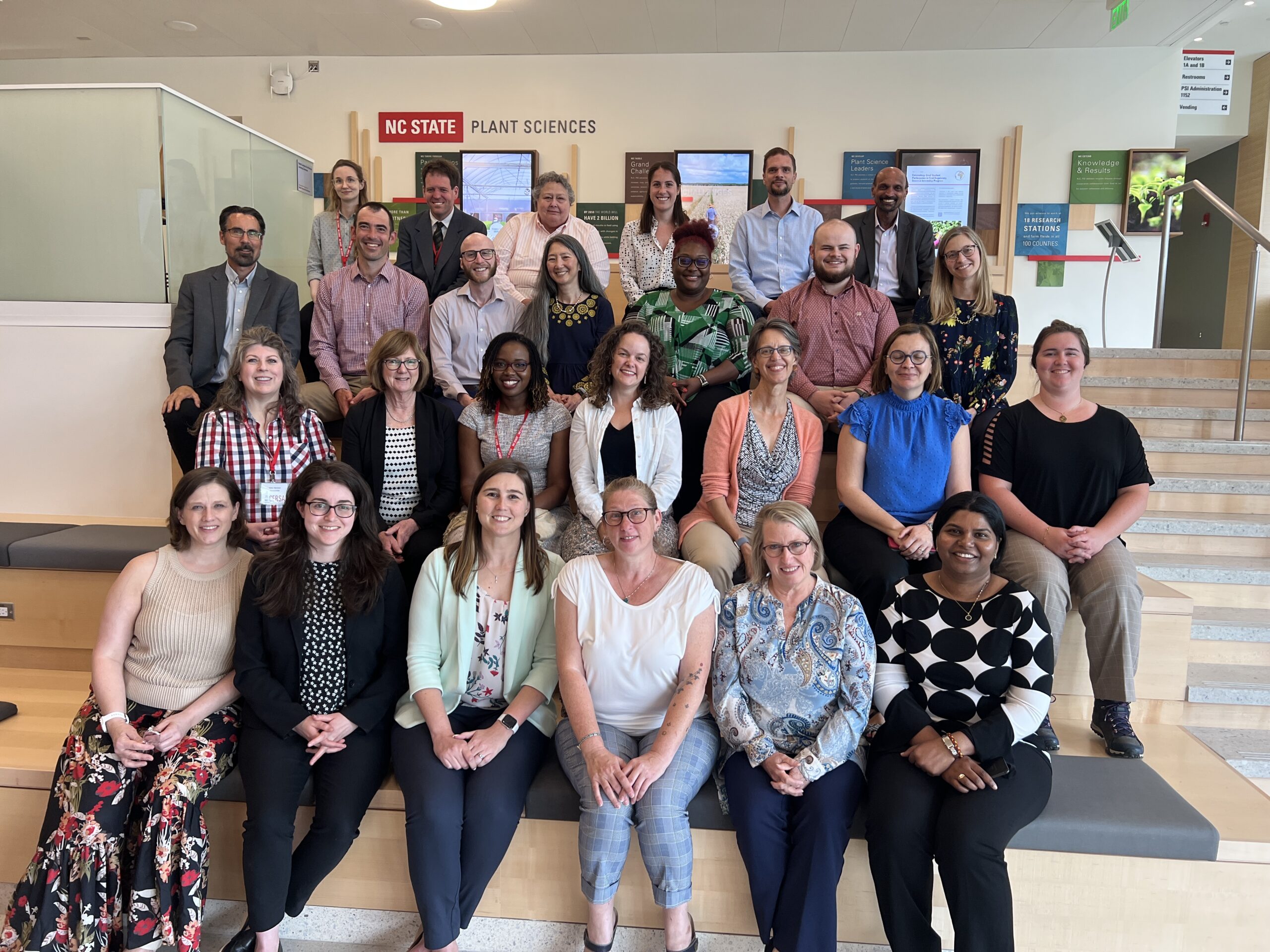CERSA Workshop Series

Starting the Journey to Regulate Genome-Edited Microbes in Agriculture
Jabeen Ahmad
My first genetic engineering project, a rite of passage for many biotechnology students, involved inserting a gene called green fluorescent protein (GFP) from the jellyfish Aequorea victoria into the bacterium Escherichia coli. It was a lengthy process using restriction enzymes, PCR, and transformation. Genetic engineering has come a long way since then with new tools like CRISPR and RNA interference. We can alter microbial genomes beyond fluorescent tagging in the lab for uses in agriculture such as pathogen diagnostics in the field and biologicals for plant growth, development, resilience, and protection. As our tools and uses for genome-edited microbes expand, it becomes essential for our regulatory system to evolve too. Changes are necessary, but what changes should be made, and how do you support technological innovation while ensuring safety for health and the environment?
On September 25 – 27, 2022, the Center for Excellence in Regulatory Science (CERSA) brought together industry, academia, nonprofits, and the government to begin to answer these questions and more. As part of a three-part series, the first workshop of the “US Regulatory Policy Workshop: Genome-Edited Microbial Products for Agricultural Use” was held at the National Academies of Science, Engineering, and Medicine in Washington, DC and consisted of presentations, panels, and interactive working sessions with a diverse group of stakeholders. As a doctoral student studying the archaea in the wheat microbiome and as a National Science Foundation AgBioFEWS Fellow, the workshop brought together my interests in biotechnology, policy, and agriculture. From understanding the technical background of gene editing to exploring the real-world challenges of the regulatory approval process, participants spent the first day of the workshop learning about the different perspectives surrounding gene editing in agriculture. With the recent Biotechnology Executive Order issued by the Biden Administration on September 22, 2022, the workshop provided an opportunity to align goals for supporting the bioeconomy with predictable pathways for regulation that consider responsible use and streamline the process for a global market.
With this context, we split into four teams to understand and identify the challenges, knowledge gaps, and limitations of our current regulatory process using four gene-editing technology case studies. Each case study focused on a different use and gene-editing strategy, allowing us to explore how the regulatory process can be implemented and how different the process can be if even one element of the technology is different. Case studies involved the use of different host and source organisms, diverse gene editing tools, and varying genetic changes from full insertion of a gene to modifications of a couple of base pairs. The teams were encouraged to add factors to the case studies to provide relevant real-world context and to better consider the risks and benefits associated with the technology. At the end of the day, the four teams came together to share their work and develop a Consensus Statement that summarized the key findings and future directions.
The Consensus Statement represents the balance between protecting human health and the environment, creating a streamlined and predictable process for bringing genome-edited microbial technology from the lab to the field and ensuring that such technologies are used responsibly to address the grand challenges in agriculture such as soil degradation, food security, and climate change. While the Consensus Statement was an important first step in advocating for an improved US regulatory policy for genome-edited microbes, our work is only beginning. CERSA plans to hold two additional workshops, with the second one scheduled for Spring 2023, to continue to develop, structure, and provide guidance for an improved regulatory framework that supports biotechnology innovation, minimizes risk, and addresses the challenges and demands facing our agricultural systems. To be able to participate in this process and see how the pieces come together was a memorable experience, and I look forward to seeing what else we can accomplish when we work together.



